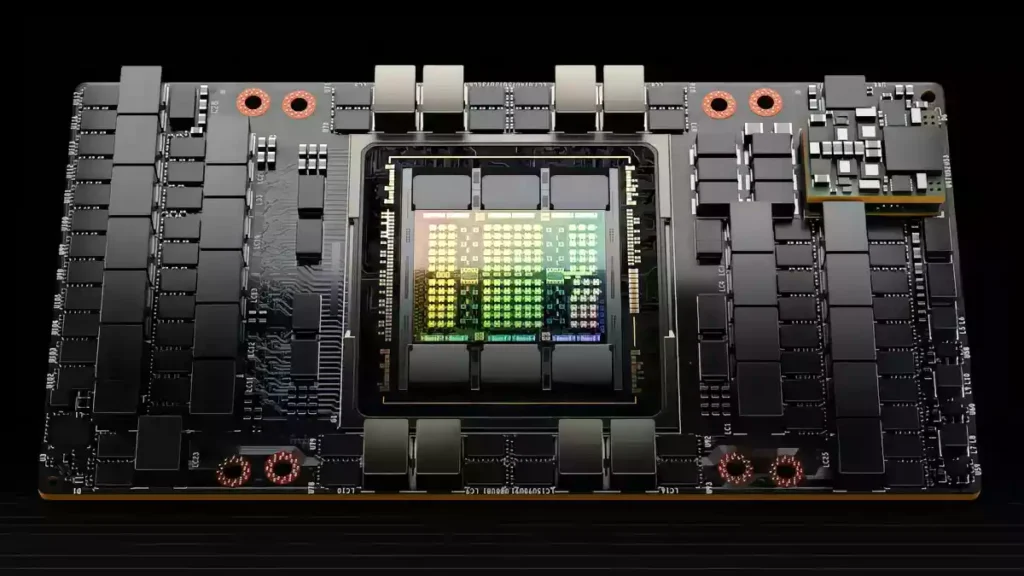Japan is poised to revolutionize the world of computing with the construction of the first-ever Zeta-class supercomputer, a machine set to be 1,000 times more powerful than the fastest computers in use today. Slated to begin development in 2025, this monumental leap in technology is expected to usher in a new era of computing, with vast implications for fields ranging from artificial intelligence to climate modeling and medical research.
In this article, we will explore the exciting details of Japan’s upcoming Zeta-class supercomputer, how it will outperform today’s leading machines, and the groundbreaking potential it holds for scientific advancement and technological progress.
The Power of the Zeta-Class Supercomputer A Game-Changer in High-Performance Computing
The term “Zeta-class” refers to the next generation of supercomputers, which are expected to surpass existing exascale systems by orders of magnitude. While today’s fastest supercomputers operate at exaflop speeds—capable of performing one quintillion (1,000,000,000,000,000,000) calculations per second—the Zeta-class supercomputer will reach unprecedented zettaflop levels, performing one sextillion (1,000,000,000,000,000,000,000) calculations per second.
This immense computing power will allow scientists and researchers to tackle complex problems that were previously unmanageable. From simulating the entire human brain to modeling the most intricate climate systems, the Zeta-class supercomputer will provide the computational resources needed to make significant breakthroughs across various scientific domains.

Why Japan is Leading the Charge in Supercomputing
Japan has long been at the forefront of supercomputing technology, with its Fugaku supercomputer currently ranked as one of the fastest machines in the world. The construction of the Zeta-class supercomputer further solidifies Japan’s leadership in this field, as the nation continues to invest in high-performance computing to drive innovation.
The development of this groundbreaking machine is part of Japan’s broader goal to advance scientific research and technological capabilities, ensuring the country remains a key player in the global race for computational supremacy. By building the world’s first Zeta-class supercomputer, Japan is positioning itself as a leader in fields like quantum computing, AI, and advanced simulations, all of which will benefit from the immense power of this new system.
Transforming Scientific Research and Innovation
The impact of the Zeta-class supercomputer will be felt across multiple industries and research fields. In medicine, for example, this powerful machine could be used to simulate human biology at an unprecedented scale, leading to faster drug discoveries, more accurate disease modeling, and personalized medical treatments.
In climate science, the supercomputer’s zettaflop speeds will allow researchers to model the Earth’s atmosphere in real-time, improving the accuracy of weather predictions and providing critical insights into the effects of climate change. This could lead to more effective climate mitigation strategies and better preparation for natural disasters.
Artificial intelligence is another area poised to benefit from the Zeta-class supercomputer. With its ability to process massive datasets at lightning-fast speeds, the machine will accelerate the development of more sophisticated AI algorithms, enabling advancements in machine learning, autonomous systems, and natural language processing.

Overcoming the Challenges of Building a Zeta-Class Supercomputer
Building a machine of this magnitude is no small feat. The Zeta-class supercomputer will require cutting-edge hardware, immense power resources, and sophisticated cooling systems to handle the intense heat generated by its operations. Japan’s engineers will need to overcome significant challenges in terms of energy efficiency, heat management, and overall infrastructure.
However, the investment in this technology is seen as crucial for maintaining Japan’s competitive edge in global scientific research. The country’s commitment to this project reflects a broader push for technological advancement, as supercomputers become an essential tool for addressing the world’s most complex challenges.
The Future of Computing What the Zeta-Class Supercomputer Means for the World
The construction of the world’s first Zeta-class supercomputer marks a significant milestone in the evolution of computing. As this machine takes shape, it will not only push the boundaries of what is possible with technology but also reshape how we approach scientific discovery and problem-solving on a global scale.
In conclusion, Japan’s ambitious project to build the Zeta-class supercomputer by 2025 represents the future of high-performance computing. With the ability to perform calculations on an unimaginable scale, this groundbreaking machine will unlock new possibilities in research, innovation, and technological development, setting the stage for transformative breakthroughs that will shape the world for decades to come.
